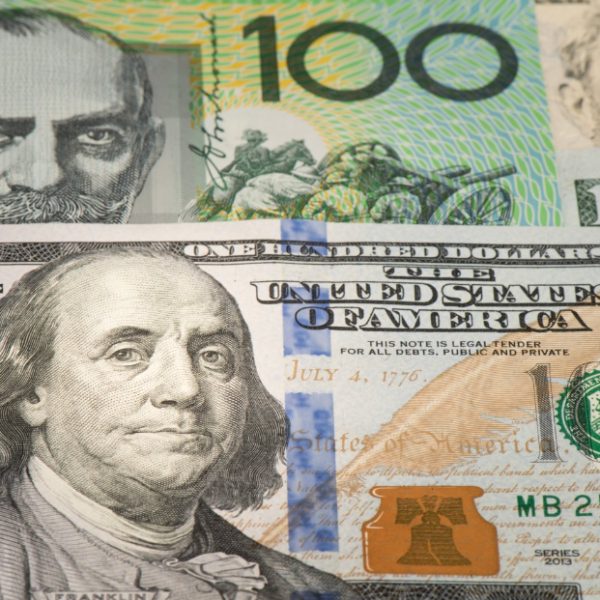The pro-growth Australian dollar has remained relatively stable this week, not on the ‘growth’ factor or risk sentiment but rather a marginally weaker USD.
This comes after no real U.S. data inputs or Fed officials (FOMC blackout period) but what seems to rate markets making room for higher rates next week. The terminal rate for the Fed funds futures has similarly declined below 5% to 4.928% in May 2023.
From an AUD perspective, commodity prices are weighing negatively on the currency coupled with weaker GDP data yesterday. The RBA decision earlier in the week seemed to be overshadowed by the U.S. ISM services data which has thrown a spanner in the works ahead of next week’s Fed interest rate decision.
This morning began positively for the Aussie dollar with a better than expected balance of trade print for October however, the better-than-expected will come from U.S. labor data (see economic calendar below). Anything surprising to the upside will back up last week’s Non-Farm Payroll (NFP) data and ISM statistics which could bring AUD/USD bears flocking.
The Chinese economy has been receiving much attention recently after the easing of COVID restrictions. Initially, commodity markets and growing currencies like the AUD received welcomed support but have since dissipated due to rising COVID cases which have caused concern.
More clarity around COVID control and how the impact on manufacturing and economic growth is required before markets can really get behind a China re-opening.
Overall, the current fundamental headwinds facing the AUD outweighs that of the USD which could suggest possible downside risk for the Australian dollar over the next few weeks.

